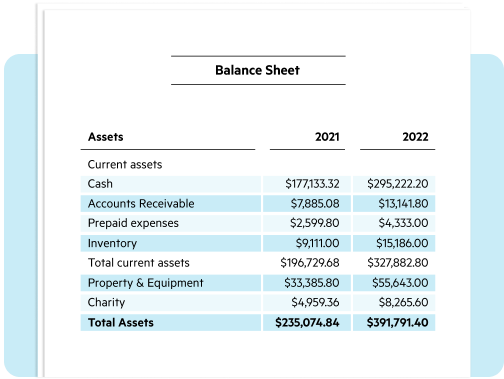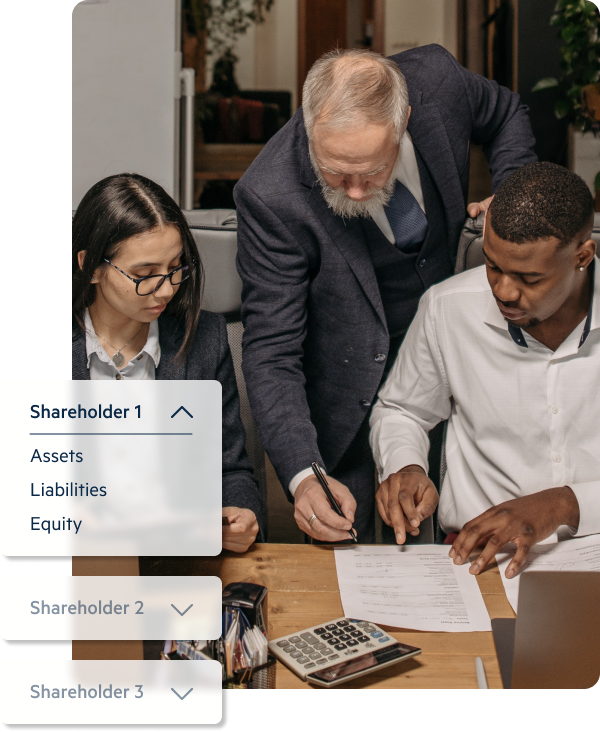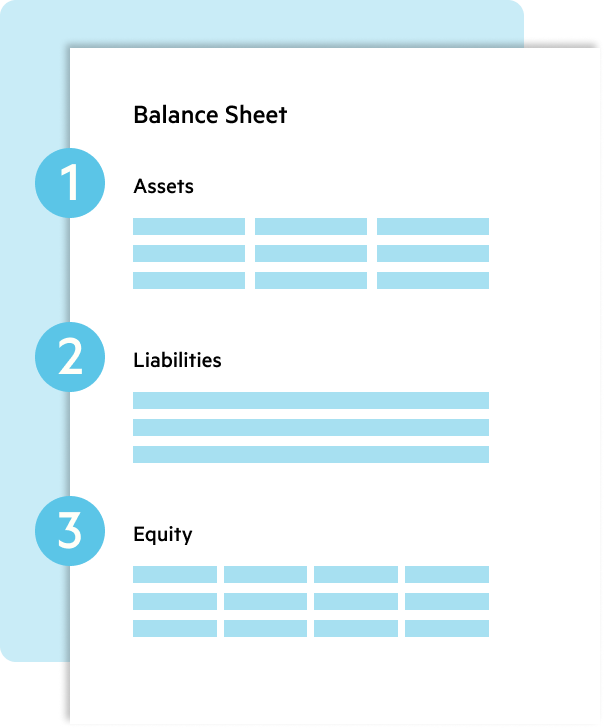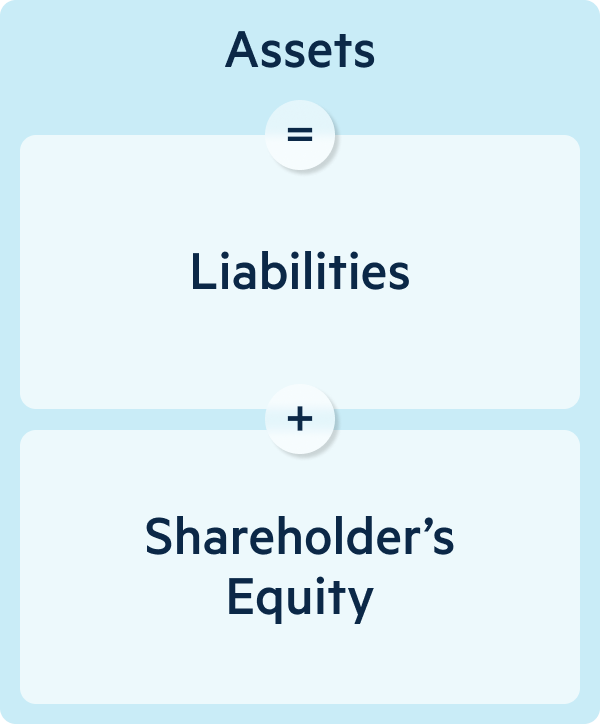A balance sheet should always result in total assets and total liabilities tallied up to the same amount, with shareholders’ equity factored into the liabilities.
The balance sheet equation is as follows:
Assets = Liabilities + Shareholders’ Equity
or
Shareholders’ Equity = Assets – Liabilities
Both sides of the equation should equal the same number in order for a balance sheet to be accurate and balanced. This is due to the fact that what the business owns (assets) has been acquired through debts (liabilities) and investments (shareholders’ equity). Therefore, assets should always equal liabilities plus equity, and equity should always equal assets minus liabilities.
If the sides of the equation don’t balance for the given period of time, this indicaes that data is either missing or entered inaccurately. There should be no possible scenario where a correct balance sheet is unbalanced.




